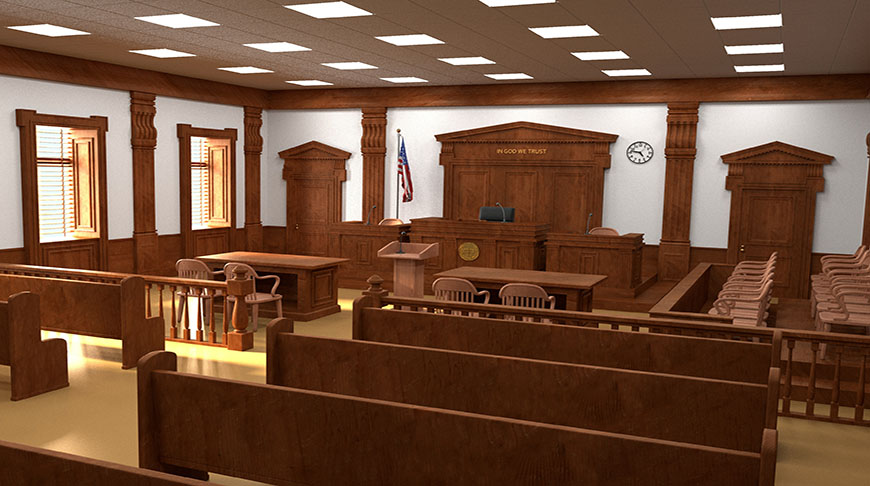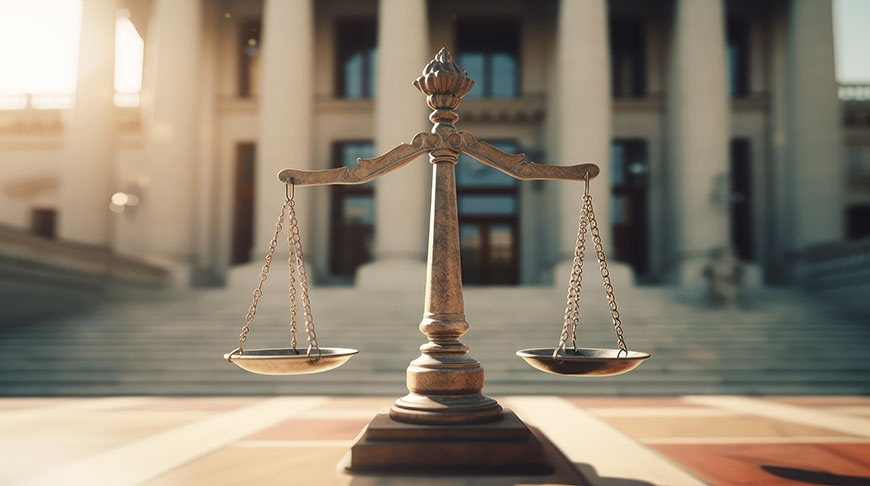Parody, trademarks and the courts
Delineating the boundaries between trademark protection and protected speech has been a long-contested legal issue. On one hand, the Lanham Act[1] governs the use of trademarks to protect consumers from a likelihood of confusion between different products. Trademarks include signs, expressions, designs, etc. that identify a distinctive source of a product. As such, trademarks can be forms of speech, and in some instances, may give rise to a public interest in protecting freedom of speech under the First Amendment[2].
The Second Circuit laid out a two-part Rogers test[3] under which the title of an artistic work is protected under the First Amendment, and does not violate the Lanham Act, unless the artistic work has no artistic relevance to the underlying work whatsoever, or, if it has some artistic relevance, unless the title explicitly misleads as to the source or the content of the work. Courts have expanded the test to apply beyond the title to the content of an artistic work.
In March, the Supreme Court held oral arguments in Jack Daniel’s Properties, Inc. v. VIP Products LLC, 22-148, a case that gave rise to such a conflict between trademark protection and free speech (I commented on the arguments here). At issue are dog toys produced and marketed by VIP Products under the label “Bad Spaniels Silly Squeaker.” These dog toys are designed to look like the bottle design for Jack Daniel’s Tennessee Sour Mash Whiskey (“Old No. 7 Brand”). VIP Products claims that the dog toy is protected as free speech since it conveys a parody. The district court found that “the ‘Bad Spaniels’ product featured all the elements of the Jack Daniel’s trade dress, including the bottle shape, color scheme, and trademark stylization, as well as the word “Tennessee,” and the font and other graphic elements[4],” and agreed with Jack Daniel’s that the dog toys infringed upon protected trademarks. The Ninth Circuit observed that, “the name ‘Jack Daniel’s’ is replaced with ‘Bad Spaniels,’ ‘Old No. 7’ with ‘Old No. 2,’ and alcohol content descriptions with ‘43% POO BY VOL.’ and ‘100% SMELLY.’” However, the Ninth Circuit agreed with VIP Products and opined that the dog toys were automatically protected as free speech as they conveyed a humorous message. Accordingly, the Ninth Circuit did not consider any likelihood-of-confusion factors (under the Lanham Act), and instead applied the Rogers test that is applicable to expressive works. Jack Daniel’s appealed to the Supreme Court, and a decision is expected in late June.

Several circuits have considered arguments about the use of humor and parody in the context of trademark infringement. As we await the decision of the Supreme Court, it’s worth looking back at some of the noteworthy decisions by the circuit courts.
Harley-Davidson, Inc. v. Grottanelli[5]: Harley-Davidson was decided by the Second Circuit after Rogers, and the Second Circuit found that when a product uses humor alone, it remains commercial and does not require the Rogers test as it is not an expressive work. In Harley-Davidson, the Second Circuit considered Grottanelli’s parody defense of its use of (variations of) Harley-Davidson’s registered “Bar-and-Shield” trademark. The Second Circuit stated that there was no protection for “coyly adding to [Grottanelli’s] version of the bar-and-shield logo the wording “UNAUTHORIZED DEALER.” In using a likelihood-of-confusion analysis and by not invoking the Rogers test, the Second Circuit stayed close to the purpose of the Lanham Act and used a variety of factors in determining whether a work is expressive or commercial.
Nike v. “Just Did It” Enterprises[6]: In another case from the post-Rogers era, the Seventh Circuit noted that “Nike spent more than three hundred million dollars advertising the trademarks, now known to nearly every athlete and sports fan in the world. Aggregate sales revenues since 1971 for items bearing the trademarks have exceeded ten billion dollars.”[7] The Court went on to apply several likelihood-of-confusion factors to analyze “whether a retail customer buying a shirt from JUST DID IT Enterprises with the name MIKE on a swoosh design” was likely to create confusion.[8] For example, factors such as “the degree of similarity between the marks in appearance and suggestion; the similarity of the products for which the name is used; the area and manner of concurrent use; the degree of care likely to be exercised by consumers; the strength of the complainant’s mark; actual confusion; and an intent on the part of the alleged infringer to palm off his products as those of another” were used.[9] The Seventh Circuit agreed with the district court in that “parody is not an affirmative defense but an additional factor in the analysis,” and stated that “[w]hether a customer is confused is the ultimate question. If the defendant employs a successful parody, the customer would not be confused, but amused… Thus the parody has to be a takeoff, not a ripoff.”[10]
Stouffer v. Nat’l Geographic Partners, LLC[11]: Although the Tenth Circuit has not adopted the Rogers test, the United States District Court for the District of Colorado rejected the Rogers test in this case because “the Rogers test, without more, did not strike the appropriate balance between trademark rights and First Amendment rights.”[12] The Colorado District Court added that “[w]ith ‘the luxury of thirty years of court decisions applying Rogers, demonstrating its strengths and weaknesses,’ the Court was ‘convince[d] … that Rogers should not be adopted as-is.’”[13] It further argued that “the Rogers test… is needlessly rigid and fails to account for the realities of each situation.”[14]
As these cases illustrate, various courts have considered the issue of free speech in the context of trademark protection. Unlike the Ninth Circuit, these courts have correctly considered the free speech elements as a factor in the overall likelihood-of-confusion analysis within the context of Lanham Act. Hopefully, the Supreme Court decision will support this line of reasoning.
[1] Pub. L. No. 79-489, 60 Stat. 427 (1946)
[2] U.S. Const. amend. I
[3] Rogers v. Grimaldi, 875 F.2d 994 (2d Cir. 1989)
[4] VIP Products LLC v. Jack Daniel’s Properties, Inc., 953 F.3d 1170 (9th Cir. 2020)
[5] Harley-Davidson, Inc. v. Grottanelli, 164 F3d 806 (2d Cir. 1999)
[6] Nike v. “Just Did It” Enterprises, 6 F.3d 1225 (7th Cir. 1993)
[7] Id. at 1227
[8] Id. at 1229
[9] Id. at 1228
[10] Id.
[11] Stouffer v. Nat’l Geographic Partners, LLC, 460 F. Supp. 3d 1133 (D. Colo. 2020)
[12] citing Stouffer v. Nat’l Geographic Partners, LLC, 400 F. Supp. 3d 1161, 1171-77 (D. Colo. 2020).
[13] Stouffer v. Nat’l Geographic Partners, LLC, 460 F. Supp. 3d at 1140.
[14] Id. at 1143-44


